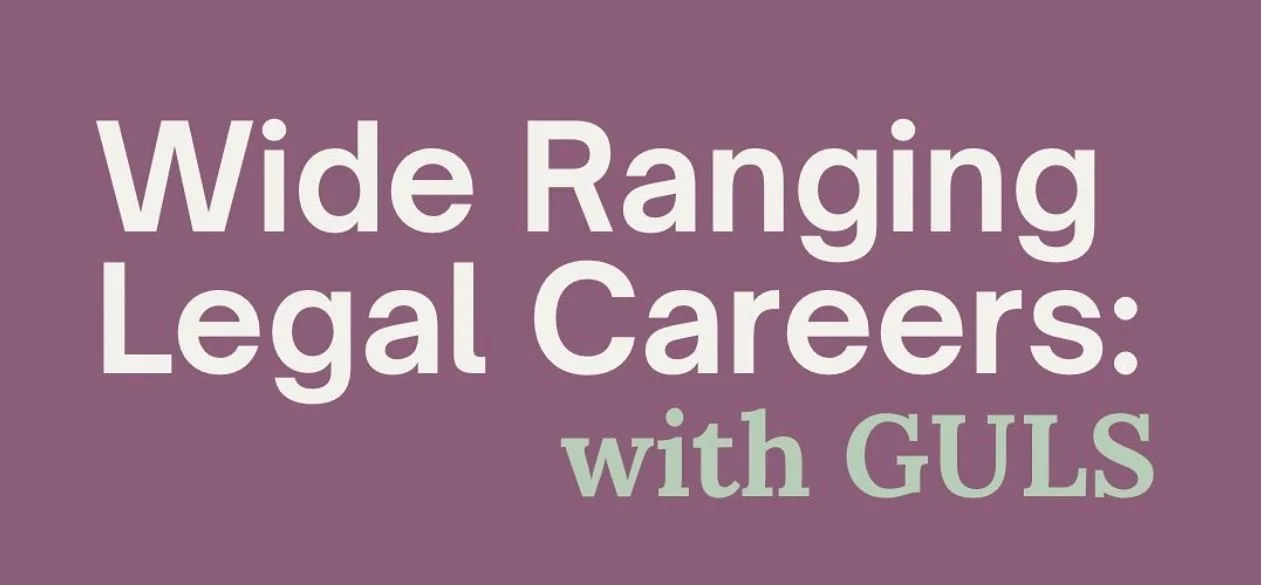The fallacy of Marine Protected Areas – Bottom Trawlers
This is the second edition of our LLB student essay series, which collates a selection of writings from our ‘Law and Sustainability in the Anthropocene’ course.
By Eoghan Guthrie
The UK Government recently announced that they would be joining the Ocean Conservation Pledge, meaning that they have committed to protecting at least 30% of their ocean waters by 2030. This is done in the UK through the process of creating marine protected areas (MPAs), of which there are currently 76 offshore MPAs, spanning an area of 261,543km2. These MPAs have been established, according to the UK Government, “to protect habitats, species and processes essential for healthy, functioning marine ecosystems”, in particular from the “damage caused by human actives”. As will be explained, bottom trawling is one of the most destructive industrial fishing processes, and currently the UK Government have failed to adequately protect its oceans against it. Therefore, it becomes apparent that many of the UK’s offshore MPA’s are only protected in name alone.
The Consequences of Bottom Trawling
Bottom trawling is an industrial fishing process whereby boats drag heavy, weighted nets across the seafloor. This method of fishing is used mainly to catch shellfish such as crab and shrimp, but as shown by the United States Geological Survey (USGS), it has severe consequences for the ocean’s ecosystems. The most notable problem with the process of fishing is that it has a totally indiscriminate catch, with bottom trawling actually being responsible for half of the global discarded fish and marine life. This is as a result of the design of the nets, with them being extremely large (commonly 40-60 feet wide and 8-10 feet tall) with extremely small holes. Designed to ensure that the maximum number of shellfish is caught without allowing it to escape, it also means that vast amounts of other marine life are caught, unable to escape through the small holes. With MPAs created to protect the marine environment, the dangers of allowing bottom trawling is clear on its species.
The less thought about problem with bottom trawling is that the net is dragged along the seafloor, therefore resulting in the destruction of animal habitats and fauna that settle on the seafloor. Furthermore, it results in the rototilling of sediment, resulting in the releasing of chemicals which are normally kept trapped within the seafloor. This has led to wider concerns regarding climate change, as a result of the amount of carbon dioxide stored within the seafloor. In the English North Sea seabed sediments alone, there is 100.4Mt of Carbon, stored in an area which is actively bottom trawled in. This therefore means that the store of carbon is going to be disturbed, something which has the potential to be catastrophic for the future of the planet.
The Fallacy of ‘Marine Protected Areas’
In spite of the clear adverse effects on the marine environment by the process of bottom trawling, the UK Government have failed to adequately prevent it their MPAs. Following the Brexit Withdrawal Agreement, the UK Government passed the Fisheries Act 2020, which according to then Environment Secretary Theresea Villiers would allow the UK to “take back control of our waters… to create a sustainable, profitable fishing industry.”
The Fisheries Act, which gave the government vast powers to fully protect MPAs, has not been adequately utilised. Since the taking back of “control”, bottom trawling has only been fully banned in 4 MPAs, therefore meaning that 90% of the UK’s offshore MPAs are totally unprotected against this destruction. This extreme lack of protection can be seen in data provided by Global Fishing Watch. In 2022 UK and EU fishing vessels spent 136,398 hours (about 15 and a half years) fishing in MPAs, of which 7,219 hours (about 5 and a half months) was bottom trawling. This is remarkably a 4,000 hour increase from what it was in 2021, showing that the MPAs do not appear to be being protected at all.
This lack of actual protection, what I determine as the fallacy of MPAs, is only continued by the January 2023 Government announcement to ban bottom trawling in a further 13 more MPAs. Although this appears to protect the marine environment and take the government closer to its 30% goal, in actuality only 3 of these bans are going to be total, with the additional 10 taking place where trawling is unlikely to ever happen as a result of reefs and rocks. Therefore, until the UK Government removes the fallacy of the MPA and actually fully protects them by banning bottom trawling through its extensive power, they will be failing in their overall goal to protect 30% of their oceans by 2030.


